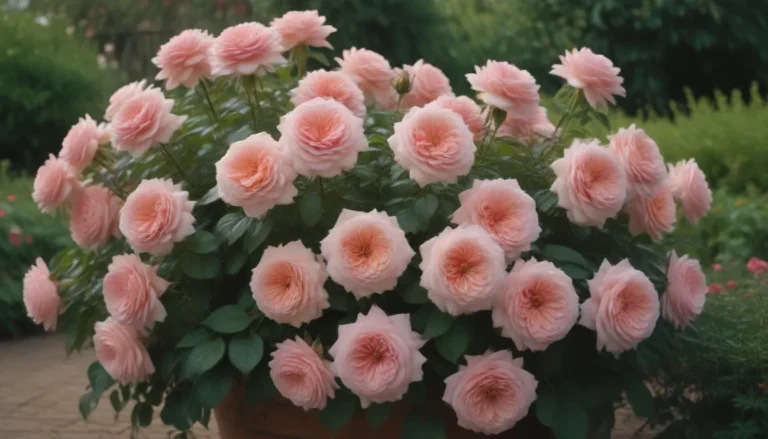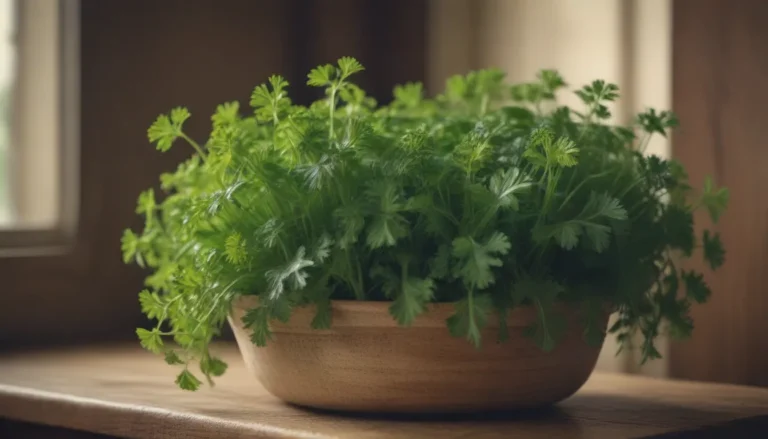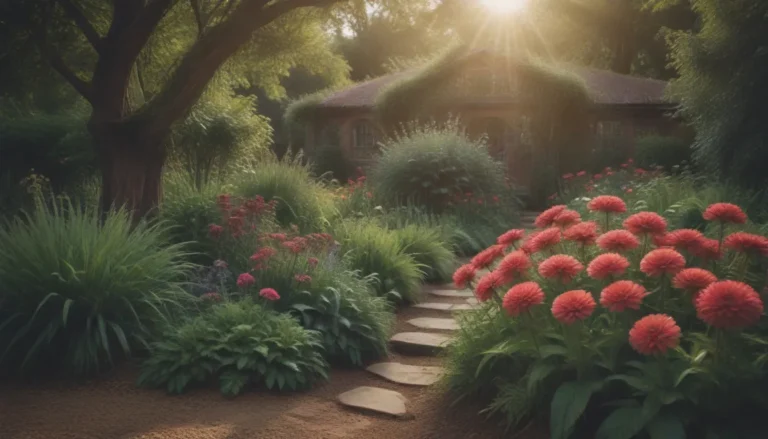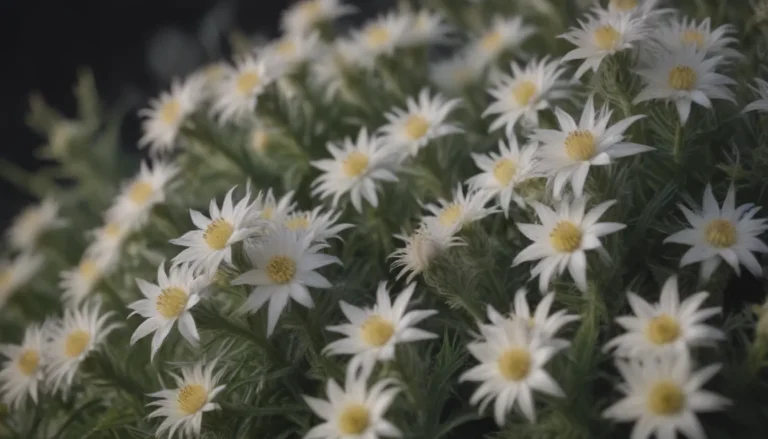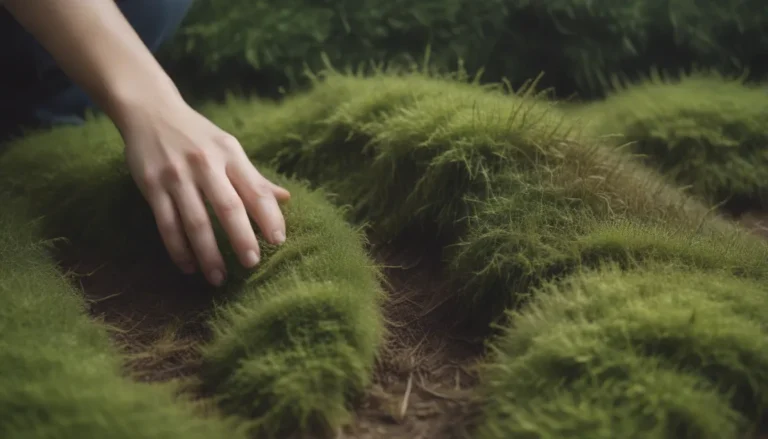Haworthia Care Guide: Everything You Need to Know
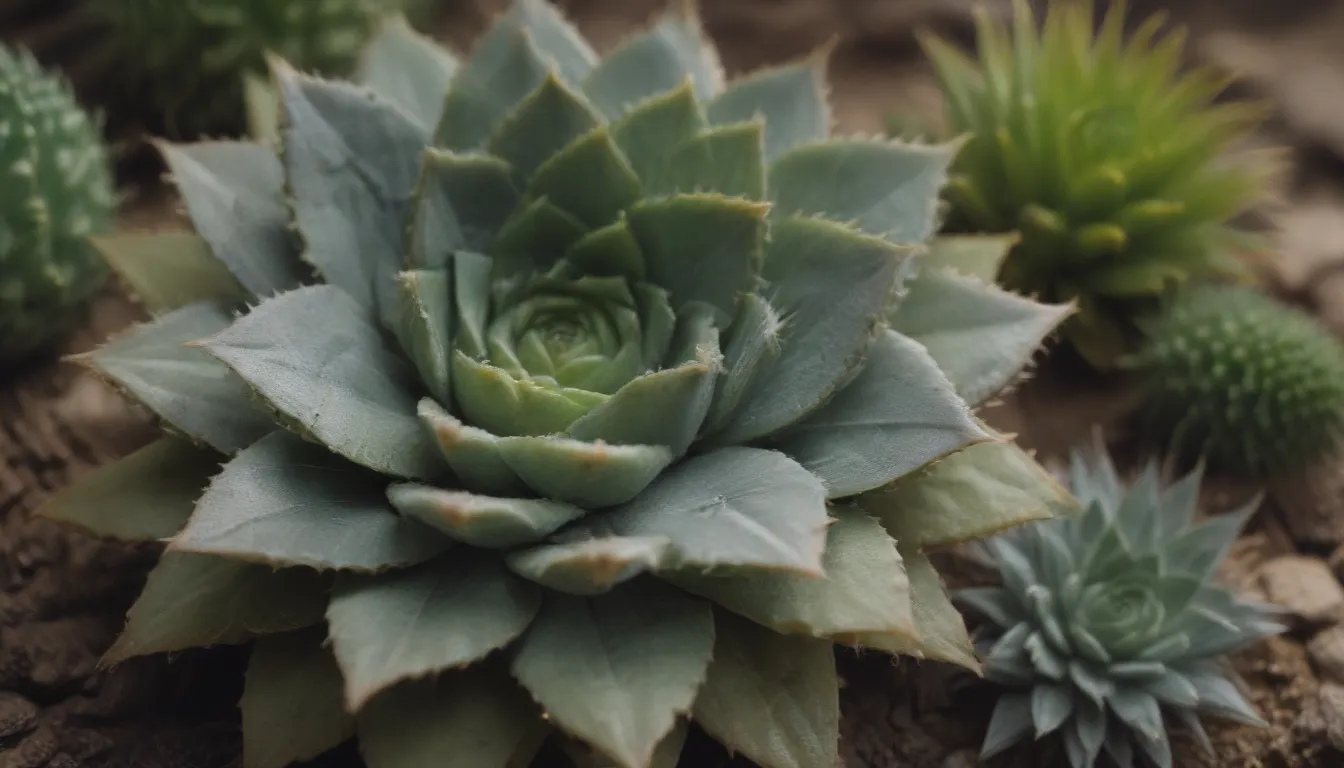
Haworthia, also known as zebra cactus, pearl, star window, and cushion aloe, is a fascinating plant with unique characteristics that make it a popular choice for indoor gardening enthusiasts. In this comprehensive guide, we will delve into the world of Haworthia plants, exploring their care requirements, propagation methods, common pests and problems, as well as highlighting some popular species for you to consider adding to your collection.
Getting to Know Haworthia
Haworthia plants are part of a large genus of small, slow-growing succulents that are loved for their rosettes of fleshy green leaves adorned with white pearly warts or bands, giving them a striking appearance. These plants require specific care to thrive, but with the right conditions, they can be a beautiful addition to your home or garden.
Light
One of the main care requirements for growing Haworthia plants is providing them with the right amount of light. These plants prefer bright light, but not direct sunlight all day long. In their natural habitat, they can be found in the slight shade of rocks or other objects. Indoors, they do best near an east- or west-facing window where they can receive ample sunlight without getting burned.
Tip: Watch out for signs of too much sun exposure, such as white, red, or yellow leaves. On the other hand, if the plant’s green color starts to fade, it may not be getting enough light.
Soil
Haworthia plants thrive in sandy or gravelly soil with excellent drainage. Using a cactus potting mix or a fast-draining potting soil for container plants is ideal. You can also mix in perlite, aquarium gravel, or pumice to further improve drainage and create a suitable growing environment for your plant.
Water
Proper watering is essential for the health of your Haworthia plant. Water when the top inch of soil has dried out during the spring and summer months, but be sure not to overwater as this can lead to root rot. Reduce watering in the fall and winter, allowing the leaves to plump up naturally without becoming waterlogged.
Temperature and Humidity
Maintaining the right temperature and humidity levels is also crucial for the well-being of Haworthia plants. These plants thrive in warm temperatures between 70 and 95 degrees Fahrenheit during the summer and can tolerate cooler temperatures down to 50 degrees Fahrenheit in the winter. They do not require high humidity and prefer good ventilation to aid in the photosynthesis process.
Fertilizer
During the spring and summer growing seasons, you can fertilize your Haworthia plant following the instructions on a cactus fertilizer label. However, it’s best to avoid feeding during the fall and winter months when the plant is in a period of dormancy.
Propagation
One cost-effective way to propagate Haworthia plants is through offsets, which are small new plants that grow from the base of the parent plant. Propagation via offsets helps prevent overcrowding and allows you to expand your collection of these unique plants easily.
How to Propagate Haworthia via Offsets:
1. Allow the offsets to dry before removing them from the parent plant.
2. Carefully separate the offsets and plant them in a well-draining soil mix.
3. Water the newly propagated plants sparingly until they establish roots.
Popular Haworthia Species
There are over 100 species of Haworthia plants, each with its own unique characteristics. Some popular species include:
- H. margaritifera (pearl plant)
- H. fasciata
- H. bolus
- H. attenuata
Choosing a variety that appeals to you based on leaf form and markings is a great way to start your collection of these intriguing plants. Remember, all Haworthia species have similar care requirements, so it’s mainly a matter of personal preference when selecting which ones to grow.
Potting and Repotting Haworthia
When it comes to potting and repotting Haworthia plants, it’s essential to use containers with good drainage to prevent waterlogging. Repotting should be done every three to five years to prevent overcrowding and ensure the plant has enough space to grow.
Repotting Tips:
– Use a wider container with fresh potting mix.
– Consider splitting clustered plants into separate containers for better growth.
Dealing with Pests and Common Problems
Haworthias are typically low-maintenance plants, but like any living organism, they can face certain pests and problems. Mealybugs are a common pest that can be controlled through physical removal or using an insecticidal spray. Additionally, overwatering can lead to issues with root rot, so it’s crucial to monitor your plant’s watering schedule closely.
Common Problems with Haworthia:
– Drooping Leaves: Usually a sign of overwatering and root rot. Adjust your watering routine to ensure the soil is not waterlogged.
– Leaves Turning Yellow: Could indicate too much sun exposure. Move your plant to a slightly shadier spot to prevent leaf discoloration.
In conclusion, Haworthia plants are unique and fascinating additions to any indoor plant collection. With the right care and attention to their specific needs, you can enjoy these beautiful succulents for years to come. Remember to provide adequate light, well-draining soil, and proper watering to keep your Haworthias happy and healthy.
So, whether you’re a seasoned plant enthusiast or a beginner looking to expand your indoor garden, consider adding a Haworthia plant to your collection. Their striking appearance and low-maintenance nature make them a perfect choice for plant lovers of all levels. Happy gardening!
